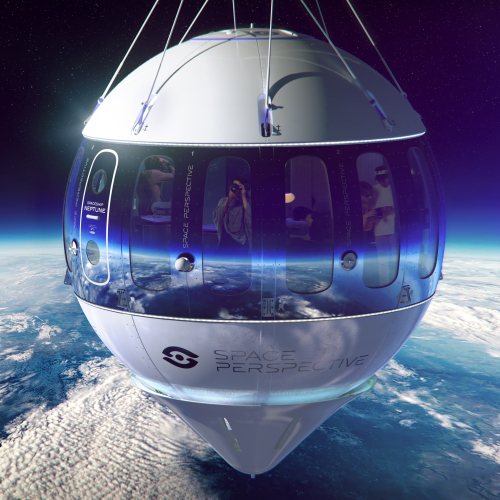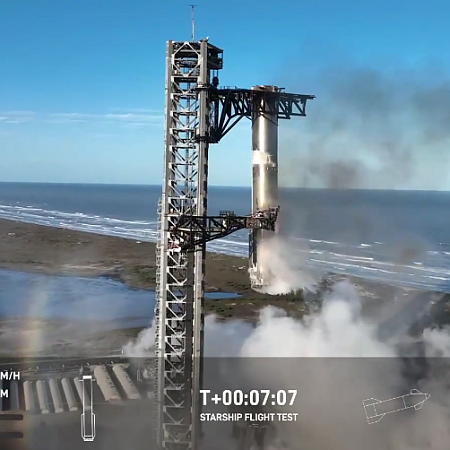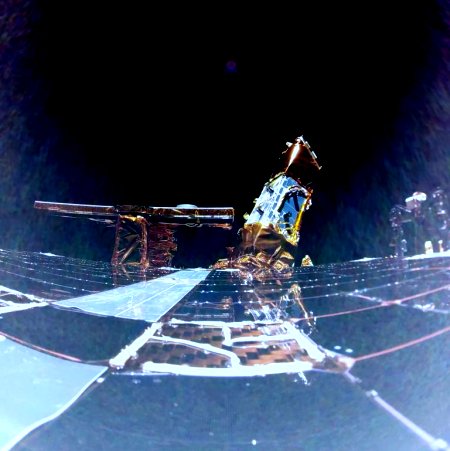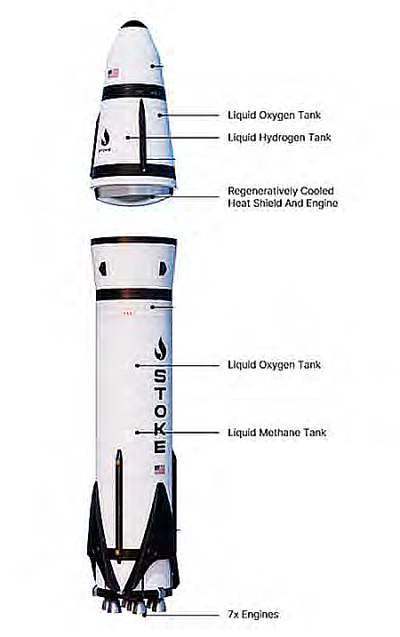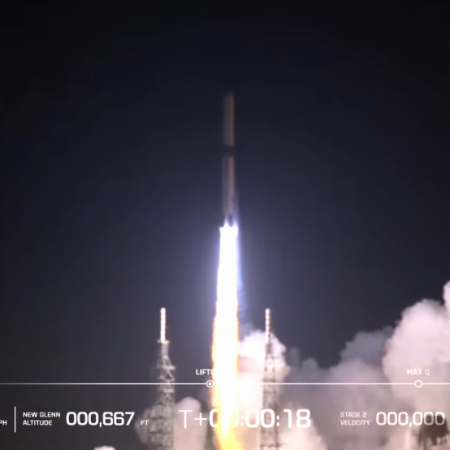
New Glenn 18 seconds after liftoff
Better late than never! After almost a decade of development and five years behind schedule, Blue Origin tonight successfully launched its massive New Glenn orbital rocket, placing its second stage into orbit carrying a demo version of the company’s Blue Ring orbital tug.
It appears the first stage had a problem during what Blue Origin calls its “booster reentry burn”, which appears somewhat equivalent to SpaceX’s entry burn. Unfortunately no camera views were made available. From that point no further telemetry came down from the first stage, suggesting something had gone wrong enough to require initiation of the flight termination system so the stage would not crash on the landing barge.
The second stage will operate in orbit for six hours, testing Blue Ring.
For Blue Origin this success, though late, is a grand achievement. The company has a full launch manifest, with a 27-launch contract with Amazon for its Kuiper internet constellation. It also has a deal with the Space Force to get the rocket certified for military launches, once it completes two successful launches. Once certified the Space Force very much wants to use it, a lot.
America now has three major rocket companies, SpaceX, ULA, and Blue Origin. It also has Rocket Lab, which has a smaller rocket but intends to introduce its own larger version in 2025.
The 2025 launch race:
8 SpaceX
2 China
1 Blue Origin
Nor is the launch action over. Tomorrow SpaceX will attempt the seventh orbital test launch of its Starship/Superheavy rocket, the one-hour launch window opening at 4 pm Central.

